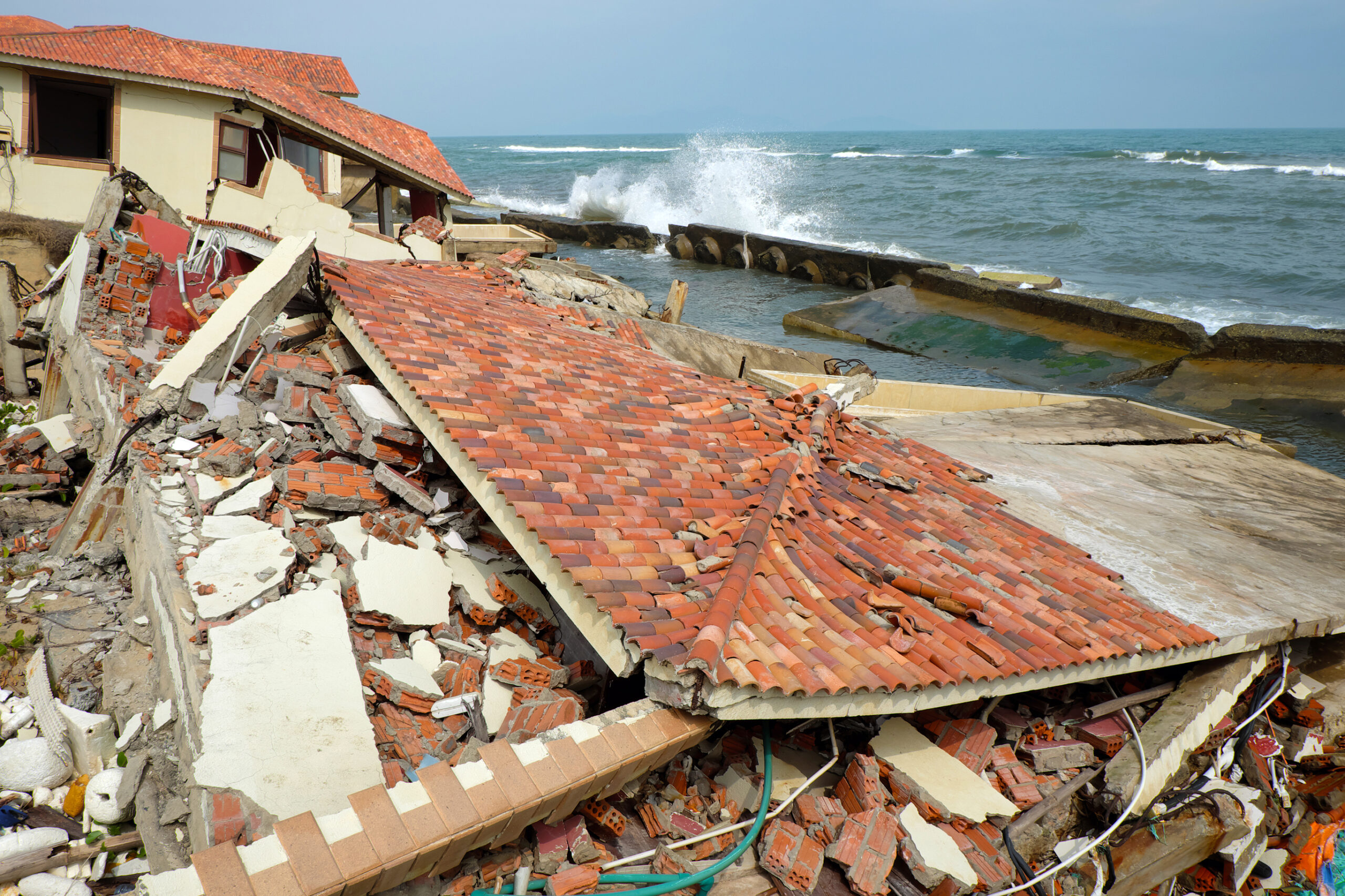The United Nations body IPCC warns that even after net-zero emissions are reached, sea-level rise will continue because of the committed ocean warming and land-ice melt that will occur from warming caused by past emissions. Consequently, sea level is committed to rise for centuries to millennia and will remain elevated for thousands of years.
In 2021, the sixth assessment report of the Intergovernmental Panel on Climate Change (IPCC) concluded with high confidence that global-mean sea level is rising at rates unprecedented in at least the last 3,000 years due to human-induced global warming.
This technical brief focused on major coastal cities in the group of twenty (G20) countries and on the Pacific Small Island Developing States (Pacific SIDS).
Since then, emerging research on climate ‘tipping points’ and ice-sheet dynamics is raising alarm among scientists that future sea-level rise could be much larger and occur sooner than previously thought.
According to the IPCC report, between 1901 and 2018, global-mean sea level increased by 20cm [15–25cm uncertainty range]. Between 1993 (the start of the satellite record) and 2018, global-mean sea level increased by 8.1cm [7.2–9.0cm].
António Guterres, United Nations Secretary-General said in a social media post yesterday: “I’m in Tonga to issue a global SOS – Save Our Seas. Global average sea levels are rising at rates unprecedented in the past 3,000 years. The ocean is overflowing because of climate change. The world must act now and answer the SOS before it’s too late.”
More recent data from the United States of America’s National Aeronautics and Space Administration (NASA) finds that the change in global-mean sea level in 2023 relative to 1993 reached 9.4cm [+/- 1cm], representing the highest level in the modern observation record that extends back into the 19th century.
According to the report – which cites information from the World Meteorological Organization (WMO) – the rate of sea-level rise (SLR) in the past ten years has more than doubled since the first decade of the satellite record, increasing from 0.21cm per year between 1993–2002 to 0.48cm per year between 2014–2023.
The United Nations body IPCC says the seven worst years of ice loss on record all occurred in the last decade.
At the same time, the ocean has absorbed more than 90% of the excess heat that has accumulated in the Earth system since 1971 due to rising greenhouse-gas emissions.
In 2023, sea-surface temperatures and ocean-heat content reached their highest levels in the observational records. It is expected that the upper 2,000 meters of the ocean will continue to warm due to excess heat that has accumulated in the Earth system from global warming – a change that is irreversible on centennial to millennial timescales.
Between 2006 and 2018, melting land ice contributed to around 45% of the observed change in global-mean sea level, while seawater expansion contributed 39%.
“If we save the Pacific, we also save ourselves,” emphasized António Guterres.
Source: United Nations (Surging seas in a warming world).
For the full report pls see here.
I'm in Tonga to issue a global SOS – Save Our Seas.
— António Guterres (@antonioguterres) August 26, 2024
Global average sea levels are rising at rates unprecedented in the past 3,000 years.
The ocean is overflowing because of climate change.
The world must #ActNow & answer the SOS before it's too late.https://t.co/5bZuelvQ40 pic.twitter.com/B8ltc6Sej5



